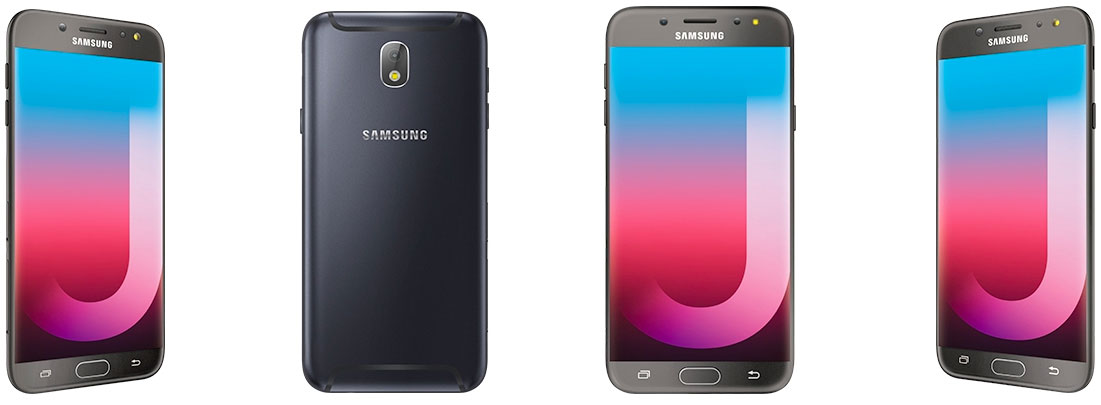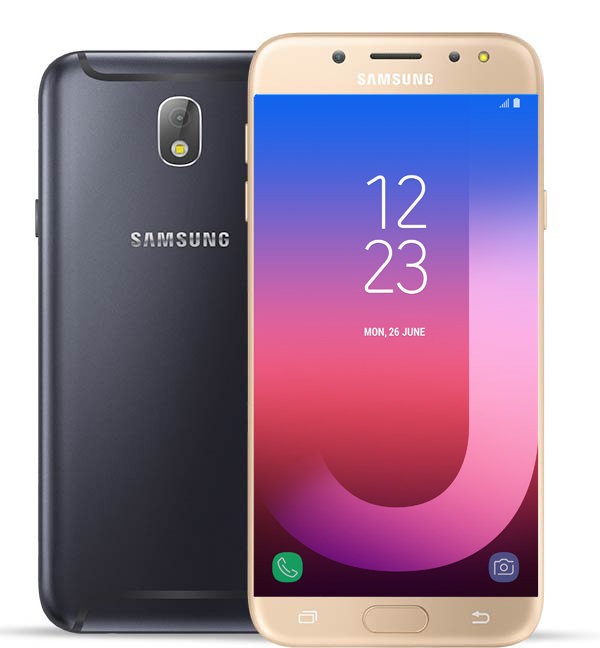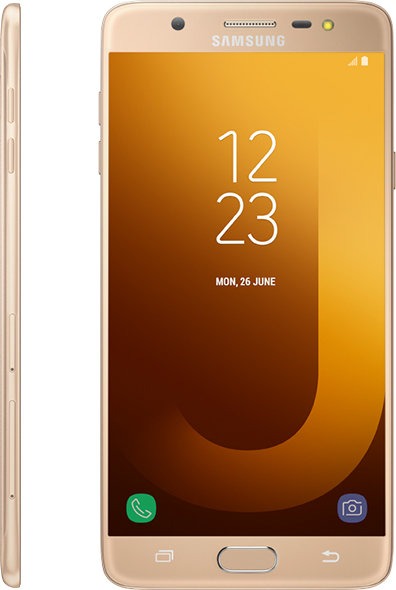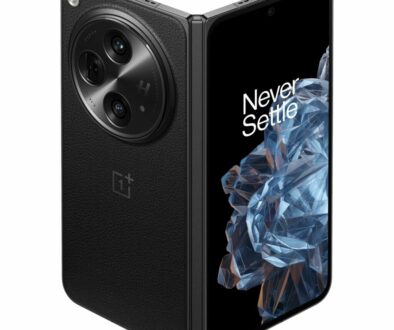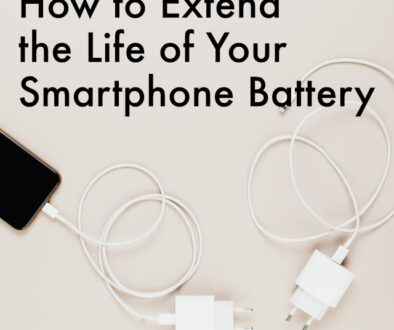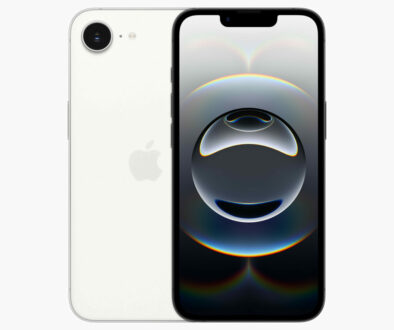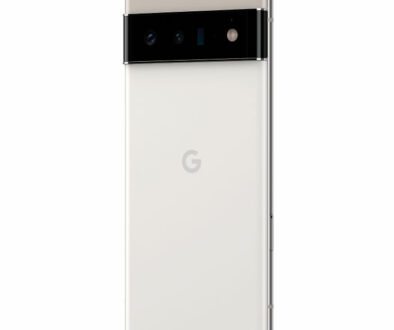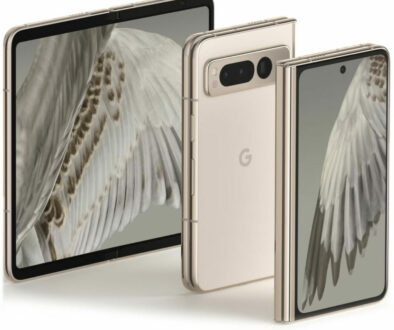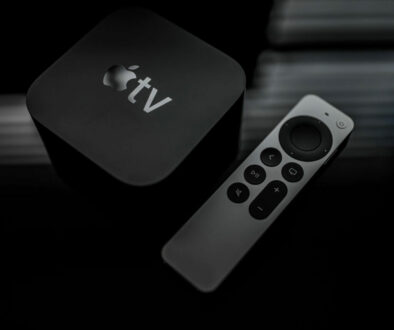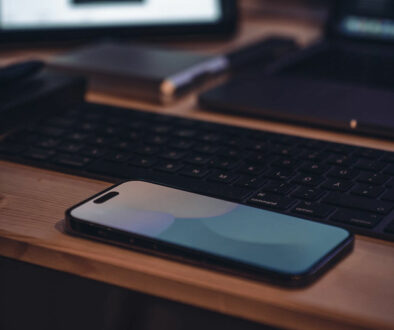Samsung Galaxy J7 Pro and Galaxy J7 Max – Big mid-range phones for the masses
When affordable mid-range smartphones with big displays are what the people want, Samsung comes up with not one but two smartphones, the Samsung Galaxy J7 Pro and Samsung Galaxy J7 Max.
The budget to mid smartphone segment has become increasingly competitive. Instead of cheap knock-offs and copies, manufacturers in this segment are innovating, coming up with phones that not only look the part but perform well too. Due to the sheer size of this market demand, no manufacturer, not even the big players can ignore, so here is where the Samsung comes in with their J-series.
Samsung Galaxy Smartphones
It can be quite confusing especially when there are so many Samsung Galaxy smartphones out there from the S-series to the A-series and here, the J-series. To put simply, the flagship S-series are for those willing to pay over the roof for premium smartphones with full display and curved edges, the best money can buy.
The A-series on the other hand are for those willing to make some compromises, want premium quality but not necessarily cutting edge or in this case, curved edge and certainly not infinity display. Finally, the J-series, here is where Samsung can pull in the numbers. While not everyone can afford the S or the A-series, the affordable J-series is there to plug the budget segment.
Note that Samsung Galaxy J7 Pro (2017) is known in certain market simply as Samsung Galaxy J7 (2017), both are the same 5.5-inch smartphone.
Samsung Galaxy J7 Pro and Galaxy J7 Max Compared
Before we go further into each of the smartphones, let’s get the differences between them out of the way:
- Display: 5.5-inch Full HD (1920 x 1080) Super AMOLED display
- CPU: octa-core 1.9 GHz Exynos 7870 processor*
- Battery: 3600mAh battery
- Memory: 3GB of RAM with 64GB of Storage
- Thickness: 8mm
- Dimensions & Weight: 152.5 x 74.8 x 8.0, 181g
- Display 5.7-inch Full HD (1920 x 1080) LCD display
- CPU octa-core 1.9 GHz Mediatek MT6757 Helio P20 chipset*
- Battery: 3300mAh battery
- Memory: 4GB of RAM with 32GB of Storage
- Thickness: 8.1mm
- Dimensions & Weight: 156.7 x 78.8 x 8.1 mm, 179g
* Cortex-A53
While the Samsung J7 Max has a bigger display, it is a standard LCD display instead of the more superior Super AMOLED display on the J7 Pro. Even with a bigger display, it is 1 gram lighter because of its smaller 3300 battery. Performance wise, both are equally powerful and with the J7 Max having more memory at 4GB. The storage tells a different story, the J7 Pro has double the storage at 64GB. This will certain make decision making that bit harder.
What have they got in common
Now for the similarities. Both models with their superior specifications and support for Samsung Pay and Social Camera differentiate them from the run of the mill budget phones. Like Apple Pay, Samsung pay lets their users turn their Samsung smartphone into a wallet, storing credit and debit cards. While the Social Camera lets consumers use the 13MP front camera with a f1.9 lens and 13MP back camera with a f1.7 lens with flash to capture amazing photos even in low lighting conditions and stunning selfies then edit and share them easily.
The cameras both front and back are the same on both phones. The powerful 13MP front and rear cameras with its f1.9 and f1.7 lens respectively captures more light and better picture in dimly lit surrounding making photos brighter and sharper. Both front and rear cameras also has dedicated flash instead of using the screen as flash like on some budget smartphones.
Users can pin their favourite contacts and social media platform within the camera and share their moments with a click. The instant editing function lets consumers create engaging social media-ready content on-the-go. You can apply filters or add live stickers without relying on social media apps or third party image editing apps to do this. Then there is the instant discovery feature that lets consumer discover their surroundings for popular locations, restaurant and shopping area with the help of augmented reality camera.
Both phones have expandable memory with a separate MicroSD slot that can take up to 256GB of storage. For connectivity, both phones feature dual band WiFi, Bluetooth 4.1, NFC and 4G LTE. The one thing that these J7s do not have is the USB Type-C connector. Samsung has instead used the old MicroUSB connector.
